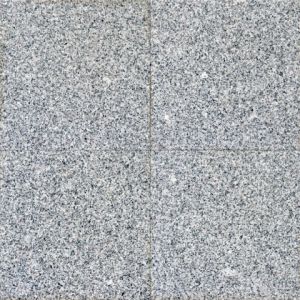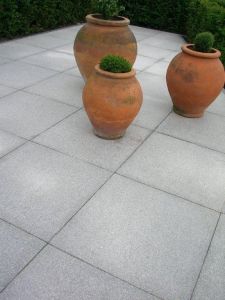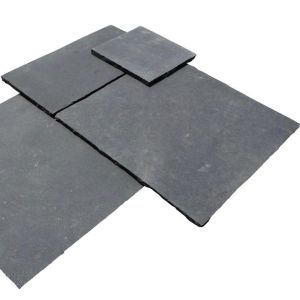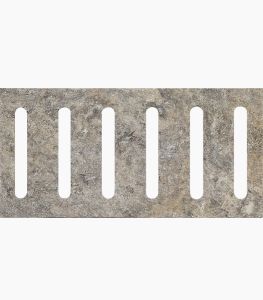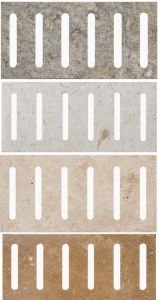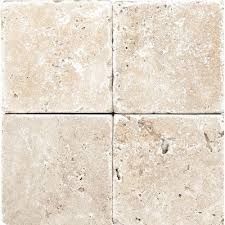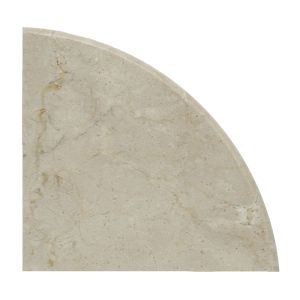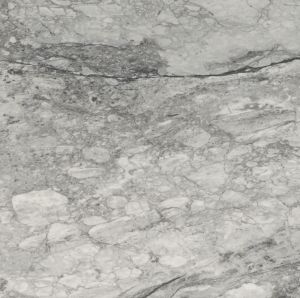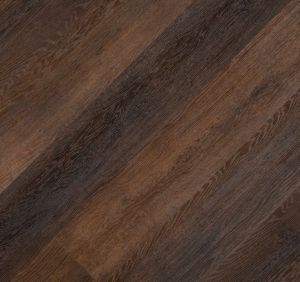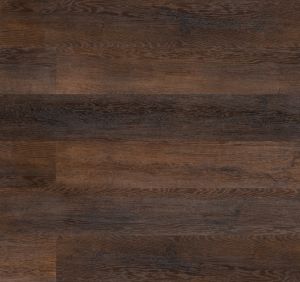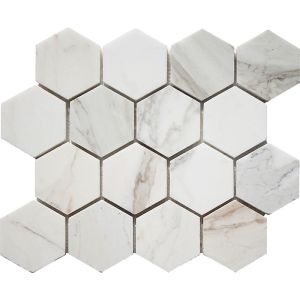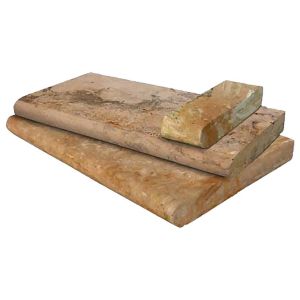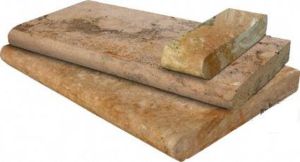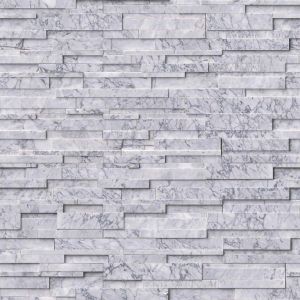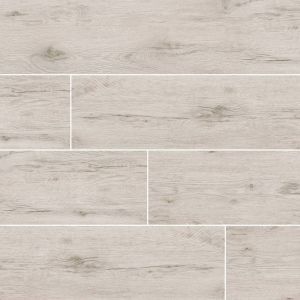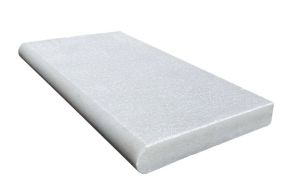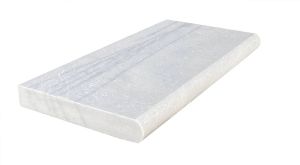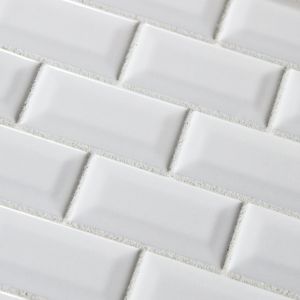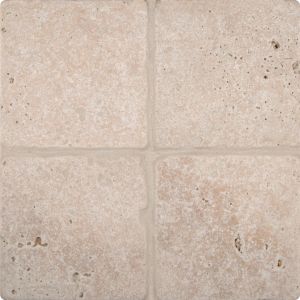This website uses cookies to ensure you get the best experience on our website. Read more
How to Differentiate between Marble and Granite

Marble and granite are natural stones. And in common picture, they both are known for their distinct appearance.
Appearance of Marble and Granite

While marble is known for its white, creamy background with mild to dark veins and swirls, granite is known for its brown-grey color and granular texture. But this is also a fact that both marble and granite are available in a variety of colors and with and without patterns.

So, if you are buying stones for the first time, this blog gives a few revelations on how to identify marble and granite –
1. Most granite slabs available in the market at stone distributors have granular patterns. And on marble, you would notice dark, light, and gold veins and swirls. The patterns on both the stones occur naturally, and there is no manufacturing process behind the look of these natural stones.

2. The patterns of marble appear to be moving outwards. And on granite, they look speckled or dotted.
3. In addition, the patterns on marble look more random or asymmetrical. But the granular patterns on granite look (but are not) symmetrical.

4. The color granite stones are available in are – grey, beige, yellow, brown, burgundy, blue, red, green, and black. Marble too is available in a variety of colors and variations including white, green, beige, cream, pink, red, brown, onyx, rainforest, and black. The color on a single marble or granite stone tile/slab can have variation and transitioning.

5. The ways granite and marble form are also different. Granite requires extreme volcanic heat, while the formation of marble demands extreme pressure.
Apart from these, granite is an igneous rock. And marble is a type of limestone, which is a sedimentary rock.
Looking to buy marble or granite? Check out our exclusive collections to place your order today!
Comment(s)
